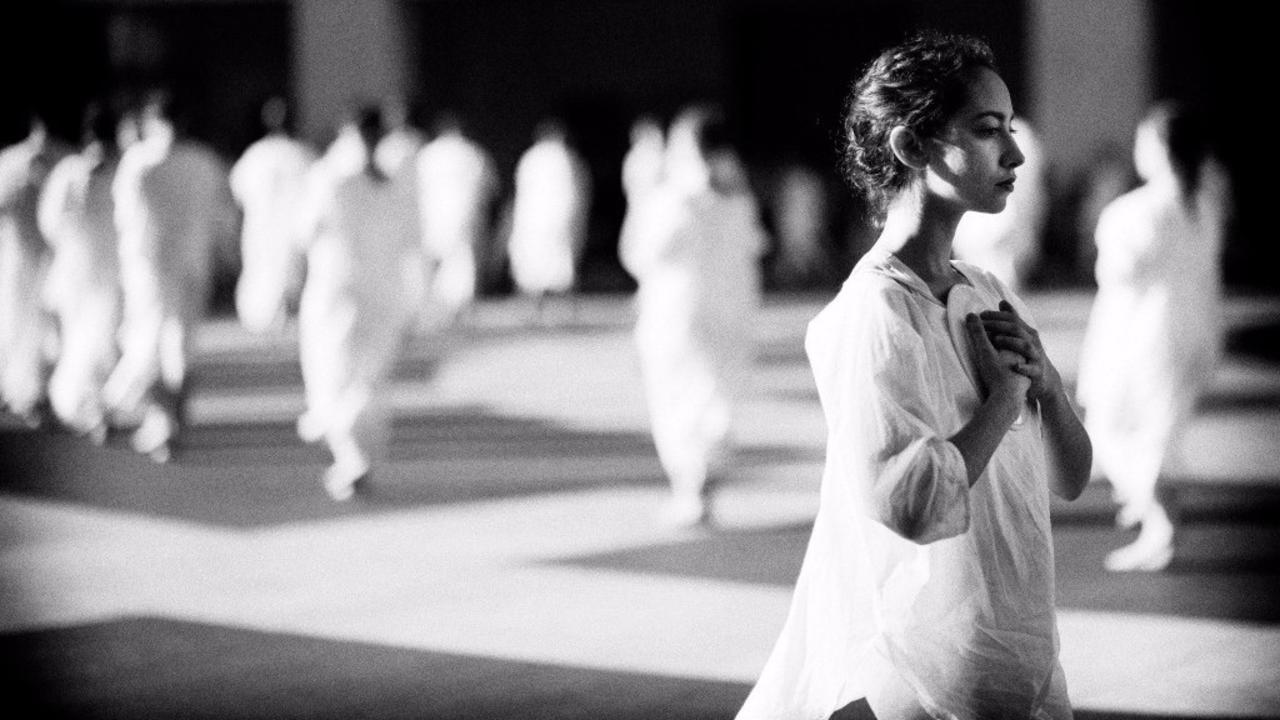Make No Bones About It... Osteo Blog 1

The topics of osteoporosis − and osteopenia − come up repeatedly through conversations with my clients. And they should − bone health is critical; it affects everything.
Throughout our lives, we lose old bone and make new bone. 30 seems to be the magical age where we have arrived at our maximum bone density and strength − but what we eat and how we treat our bodies contributes to our bone health long after... Osteoporosis (meaning "porous bone") occurs when this natural system of bone strength and health grows weak. There isn't enough bone density; so either you have lost too much bone, are not making enough bone, or you are experiencing a combination of the two. Bottom line? Bones are greatly weakened and something as mild as a sneeze or a bump or a trip can result in a break. It is estimated that 50% of women over the age of 50 will experience bone injury due to osteoporosis.
Referred to as the silent disease, there are no symptoms to tell us the disorder is occurring. Most of the time, it is a broken bone that leads to the discovery. However, a curving spine (upper back) and/or loss of height can be clues that the disease has progressed − and all concerns should be analyzed by a doctor. Actual diagnosis is based on a measure of bone mineral density (BMD).
Osteopenia, like osteoporosis, refers to a lower-than-normal BMD. However, with osteopenia, BMD is not low enough to be classified as osteoporosis. People with osteopenia, however, are at greater risk for developing osteoporosis.
Now what? More than half of us girls are headed toward low BMDs, so we might as well fluff the pillows and get comfy, right? Absolutely not! Whether you are 20 or 80, you can contribute to healthier bones!
For Starters...
- Work Out (a personal fave)! Resistance training, weight bearing, balance focus, and impact regimes all create stronger, healthy bones. Your bones are alive and will strengthen themselves with the right kind of exercise.
- Stand Straight (your mom knew what she was talking about): Don't underestimate the power of good posture and alignment; it leads to elevated muscle function, improved balance, and... stronger bones!
- Eat Smart (and know the facts): Most of us are aware that calcium and Vitamin D are critical for bone health, but did you know that colas fall into the "bone depleting" foods category?! So do many processed foods with high sodium levels. More info is coming in future blogs about good and bad bone foods. It's empowering to learn that your bones need many vitamins and minerals to remain healthy − and most can be found in food!
- Don't Smoke: The toxins negatively affect your hormonal balance leading to depleted bone mass. And... damaged nerves and blood vessels eventually contribute to more falls and broken bones.
- Decrease Stress: Stress negatively effects our internal workings... and bones are no exception. Cortisol, the "stress hormone" is linked to weak bones. Work out, follow your passions, take some time for yourself, and laugh!
How do you take care of your bones? What are your concerns? Questions? Share here!
And stay tuned for my next Osteo blog: Those Bony Myths!
